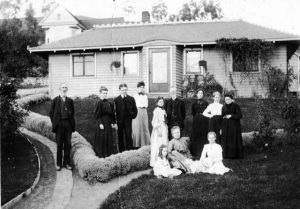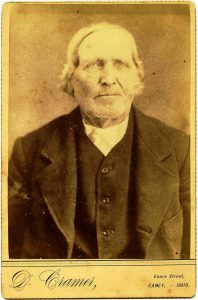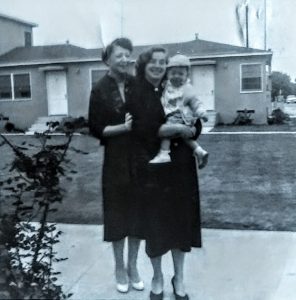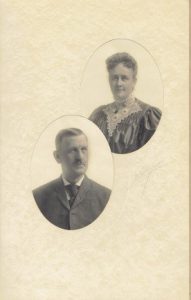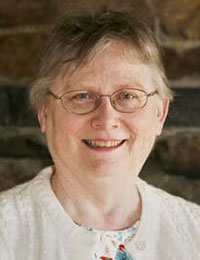
Recently, Jennifer Jewett Dilley of Des Moines, Iowa, reached out to the Publications office at NEHGS to discuss permissions for a project. Jennifer explained that her father Gerald Anson Jewett Jr. is “92 years young,” and that they are writing a book that chronicles Gerald’s life and the times in which he lived. It currently stands at three hundred pages and is nearing completion. Jennifer mentioned that Gerald’s great-grandfather, George Anson Jewett, was a member of NEHGS many years ago. I wrote down his name and wondered if we’d be able to uncover anything of interest on George. Continue reading Family chronicles

